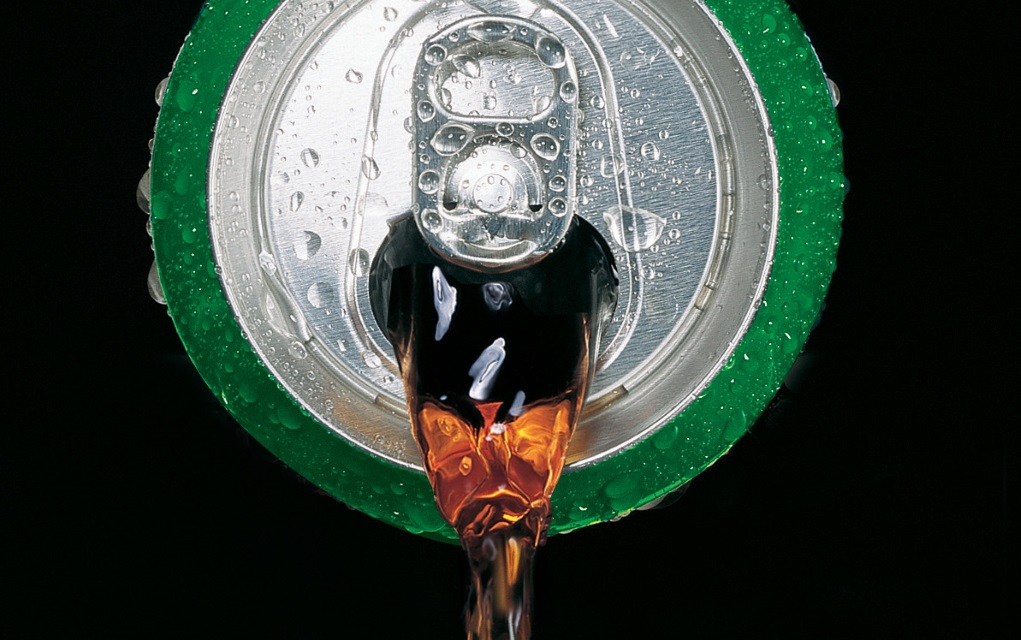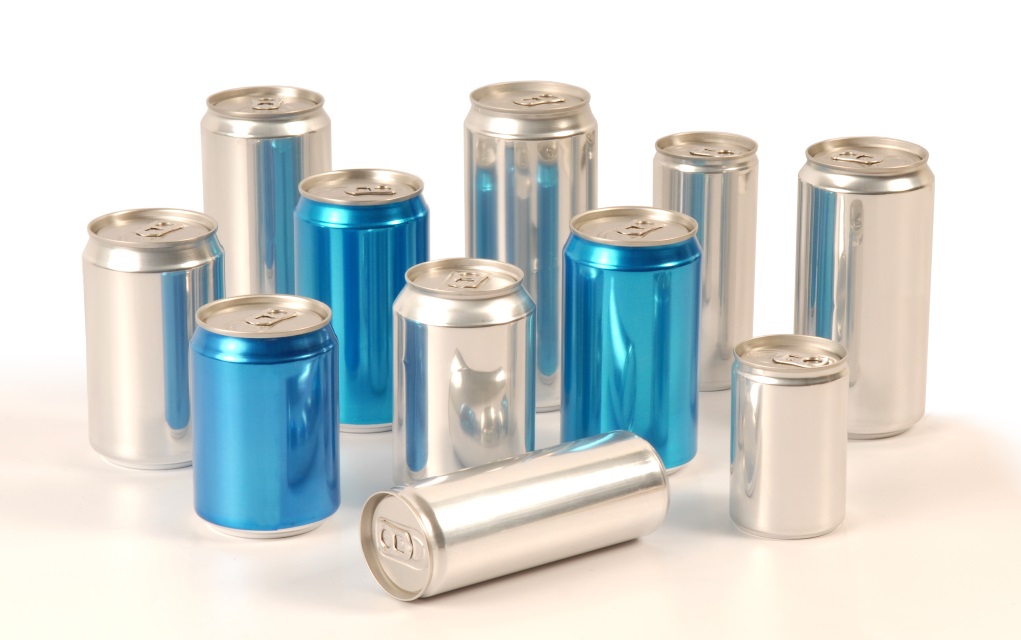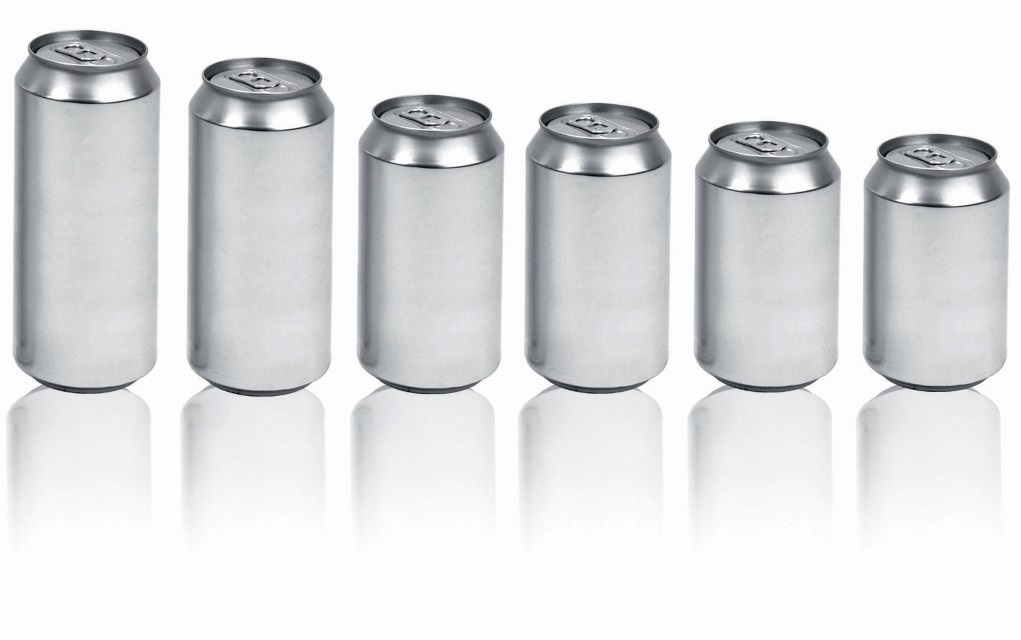Metal remains the viable option to package food and beverages, as green-savvy Asians are more mindful of their impact on the environment.
Jozef Salaerts, president, CROWN Asia Pacific Holdings Ltd, tells Food News International more and how metal is enabling companies meet current market trends.
FNI: Why are Asians are paying more attention to how their purchases impact the environment?
Salaerts: The concept of recycling and making environmental-friendly purchases was once considered a luxury, especially for consumers in developing countries, but this is no longer true.
Consumers in China, India and Southeast Asia have become increasingly sophisticated and responsible in understanding the importance of consumer action and their consequences.
Their focus on looking products with environmental friendly certification is growing every day.
Products included in the ‘green’ sector range from automobiles and home appliances to daily products such as food and beverages.
Consumers are now able to check relevant information regarding the environmental effects of each product and brand by means of recycling logos, green labels, quick response codes and also company sustainability reports.
Just as they look for energy efficiency index labels when buying a washing machine or refrigerator, it is common for them to read labels and look for environmental certifications on product packaging.
At the same time, consumers increasingly prefer products with less and simpler packaging instead of over-packaged goods.
According to a 2014 Nielsen survey, while an average of 55% of global consumers responded online that they are willing to pay more for green products and brands, the propensity was the strongest in Asia.
Here, 63% of consumers indicated that product packaging most influences one’s sustainable purchase decision — followed by 62% in Latin America and the Middle East, 36% in Europe and 32% in North America.
In fact, the trend in Asia of paying more attention to environmental-friendliness is not limited to consumers.
More countries in Asia are recognizing the fast depletion of natural resources and higher levels of air pollution.
Governments, organizations and individuals are pushing towards buying and using green products, which in turn drives brands to use environmental-friendly packaging materials to meet this need.
FNI: How can ‘green’ and Lifestyle of Health and Sustainability or LOHAS concepts be worked into packaging design that is acceptable by consumers, retailers and manufacturers?
Salaerts: Technavio reports that with the continued growth in demand for green packaging, the global green packaging market is expected to rise at a compound annual rate (CAGR) of 7.84% by 2019.
In other words, there is a conscious shift in consumers’ attitudes to how their actions affect the environment, and retailers and manufacturers also need to accommodate these trends.
One way of incorporating the ‘green’ concept into packaging designs is by using recycled and recyclable packaging materials.
As today’s consumers are more knowledgeable and concerned towards environmental issues, it is important to use materials that can easily recycle themselves.
While many types of packaging claim to be sustainable, the exact content of the packaging material — or how it can be efficiently recycled — is often not revealed to the public.
For a start, it will be helpful for consumers if brands and manufacturers emphasize the sustainability of their product packaging more.
There are also other areas where manufacturers could go further, such as responsible sourcing of raw materials, or reducing the amount of additional labeling and packaging, which can hinder the recycling process.
When it comes to green packaging, companies are often concerned about the cost.
Introducing sustainability initiatives can sometimes incur additional costs and this poses as a deterrent.
However, green concepts can effectively improve the efficiency of a business, saving production costs in the long run.
By using 100% recyclable packaging materials like metal cans, manufacturers are not only able to save costs on the material itself, but also the energy costs of making entire sets of new cans from scratch.
Having an environmentally-responsible image will be received positively by customers and ultimately impact repeated purchases.
FNI: What trends do metal packaging ride on?
Salaerts: There would be six major ones.
First, it would be attractiveness on retail shelves.
Metal packaging stands out on retail shelves as the entire body of the container serves as a billboard for decoration and brand messages.
As it does not require separate labels or sleeves, the beverage can, for example, is able to be designed uniquely and aesthetically with decoration technologies.
Special cans are easy to find during sport events or national celebrations such as the World Cup or SG50 celebrations, but they are not limited to these occasions.
For instance, Crown’s Accents variable printing technology allows manufacturers to print up to 12 can designs instantly, showcasing a series of packages which consumers are more likely to purchase and even collect.
Second, it would be being lightweight for logistics and transport.
According to European Metal Packaging or EMPAC, metal cans today are typically 35% lighter than they were 20 years ago.
This increases efficiency in logistics and drastically reduces the amount of raw material used to produce cans.
In 1975, 454 gm of aluminum could produce 22 cans; today 35 cans can be produced from the same weight of metal.
Third, metal packaging promotes recyclability.
Metal cans are 100% and infinitely recyclable.
As there are no labels or covers to be removed, the can is recycled right away and returned to retail shelves in an average 60 days as a brand new can.
Cans are the only packaging format that can be recycled and return to the shelves as exactly the same product.
For instance, plastics are typically unable to be re-used as bottles, but they need to be downcycled to less demanding uses.
In practice, consumers also find metal cans to be the easiest to recycle.
A recent report by the Aluminium Association demonstrated that consumers recycle 56.7% of used aluminum cans, which compares to low-to-mid 30% recycling rate of plastic bottles.
At the same time, recycling cans does not stop at preserving raw materials — it also saves 95% of the energy required to produce a new can from scratch.
Fourth, cans help companies achieve low or zero carbon dioxide (CO2) emissions and other sustainability goals.
Constant progress has also been made in aim to reduce the CO2 emissions by aluminum recycling.
The International Aluminium Institute states that the objective of metal packaging industry for 2020 and beyond is to help in avoiding more greenhouse gas emissions than it creates directly or indirectly.
The fifth trend would be on the safe handling of and preserving product integrity.
As a reliable solution in safe handling as well as preserving the product, cans are able to withstand extreme temperatures and pressure, enabling contents to be preserved and be safely delivered to consumers.
Providing an absolute barrier against light, gas and oxygen, cans offer significant savings in energy during transportation and distribution as there is no need for refrigeration and they require less care in handling.
Lastly, cans enable business-to-consumer, consumer-to-consumer engagement.
Cans are the very first thing to be viewed by shoppers at the point of purchase and when consuming the beverage.
It is an effective medium for direct communication with consumers to deliver a brand’s image and key messages.
With innovations and capabilities in metal packaging, beverage cans are now able to engage with consumers through the five senses — the design and the sound of opening the can, tactile enhancements such as novelty finishes and easy-open ends, the aroma of the beverage and the preserved flavor of the drink.













